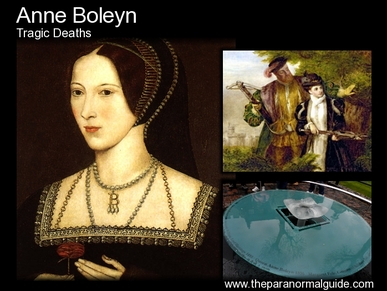
Five hundred years after her death, her tragic tale is still the subject of historians and the inspiration for films.
Beheaded
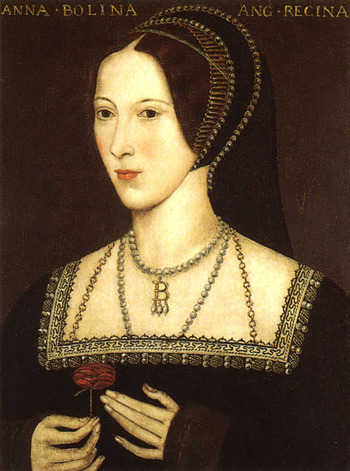 Anne Boleyn.
Anne Boleyn. There is a dispute about whether she was born in 1501 or 1507 – either way; she was born to Sir Thomas Boleyn and Elizabeth, the daughter of the Duke of Norfolk – a very affluent family. Most of Anne’s life was spent abroad in Europe. Due to her station, she was a lady-in-waiting to Archduchess Margaret in the Netherlands, Queen Mary of France and Queen Claude of France.
She returned to England, and was appointed as a lady-in-waiting to Queen Catherine of Aragon, Henry VIII’s wife. While in this position, she watched her older sister, Mary, form an attachment with the King and saw the life of a King’s mistress. She did not like it. Mary was basically used at the King’s pleasure, and then discarded years later when he moved on. She saw her sister (possibly) birth two children to the King, and him not recognising either of them (this is unconfirmed due to the fact that Henry DIDN’T recognise them officially). All of this firmly cemented in her mind, she was prepared when the King’s gaze was directed upon her. Anne was ambitious, and she was intelligent. Although history says that Anne was not as beautiful as her sister, she was definitely wiser.
In early 1526 Henry VIII decided that he wanted Anne, and he wanted her badly. He attempted to seduce her, as he had her sister, but she would not succumb to his attempts. This intrigued Henry. He wasn’t used to being denied, and it increased his lust. He became obsessed with having Anne. He made promises to her; he said he would have his marriage with his Queen annulled so he could wed her. Perhaps he thought this promise would be enough to make her give in, but no… Anne was stronger than that. She led him on in every way other than giving him her body, and he fed on it.
He began negotiations with the Pope Clement VII to receive an annulment. He used the grounds that Queen Catherine had only given him a surviving female child, not the male heir he wanted. The Pope refused to annul the marriage as he was afraid to go against the will of Catherine's nephew Charles V, The Holy Roman Emperor.
Henry didn’t give up hope. He was passionately in love with Anne, as can be attested by the love letters he wrote to her whenever she was away from court. He hated writing, and there aren’t many documents left in his own hand, but when it comes to Anne, 17 letters have been preserved, and can be found in the Vatican library.
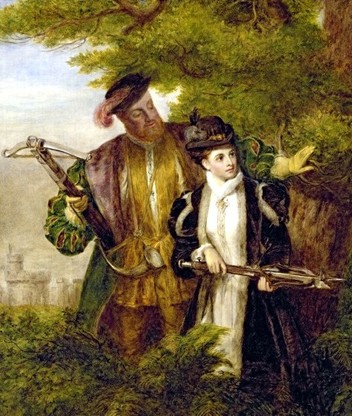 Shooting deer at Windsor Castle.
Shooting deer at Windsor Castle. Henry was bitterly disappointed. A little of his love for Anne was said to die the second he found out the baby was a girl, but he had faith that she would produce the son and heir he was praying for. She fell pregnant close after the birth of Elizabeth, but this resulted in a miscarriage, as did her next pregnancy. The second miscarriage was further along than the first, and the physicians could tell this baby was a boy.
When the King found out he had a son who had not lived, the guilt he had been harbouring for annulling his marriage of 24 years came to the fore, and he convinced himself that his marriage with Anne was cursed. Due to his own guilt, and the whispers of Anne’s enemies, he began to believe she was responsible, and blamed her for not producing a son. For the first time since their wedding, he took on a mistress, Lady-in-waiting Jane Seymour. Jane was sweet and good and made Anne seem like an evil shrew. He decided that it was time to end his marriage with Anne. But he needed a good reason. The King’s Chief Minister, Thomas Cromwell, had never liked Anne. He gave the King the perfect escape… he persuaded Henry to sing a document which would call for an investigation into Anne – search for treason.
Cromwell had Mark Smeaton, a court musician, tortured, ensuring he revealed ‘information’ about the Queen, all of it questionable. The information resulted in the arrest of Sir Henry Norris and Anne’s brother, George Boleyn. On 2 May, 1536 Anne herself was arrested and informed that she had been charged with adultery, incest and plotting to murder the King. Absolutely absurd allegations, but very serious just the same. Anne was taken to the Tower of London and lodged in the same rooms where she prepared for her coronation only 3 years earlier.
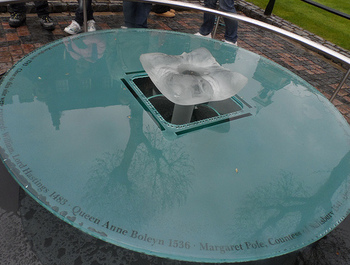 Execution place marker (though there is some question over exactly where it took place).
Execution place marker (though there is some question over exactly where it took place). All the men were put on trial at Westminster Hall on 12 May 1536. Due to it being a case of treason, the men were unable to defend themselves. They were therefore found guilty and sentenced to be hanged, disembowelled and cut into quarters as an example to anyone thinking of committing treason against the King.
Anne and her brother George were put on trial on 15 May. Anne was said to have acted calm and dignified, denying all charges against her. They were both found guilty of incest, with very scant evidence (but with George’s own wife testifying against him) and sentenced to be burned at the stake, or beheaded, at the King’s discretion, which he obligingly gave.
On 19 May, Anne was led from her quarters to the Tower Green. Instead of endorsing her innocence once more, she used her final words to praise the King, saying “a more merciful prince was there never: and to me he was ever a good, a gentle and sovereign lord.” Anne Boleyn was then granted the ‘mercy’ of beheading by a French swordsman.
The ghost of Anne Boleyn has been seen at several different locations and we will look into these at a later date.
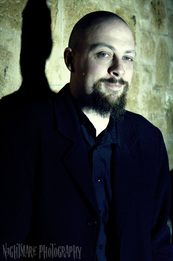



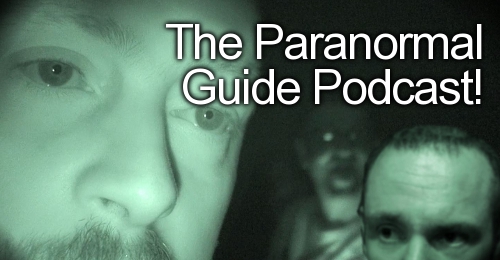
 RSS Feed
RSS Feed
